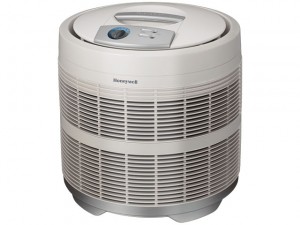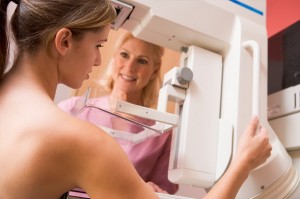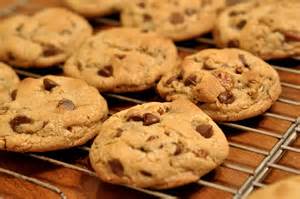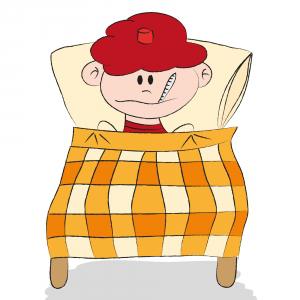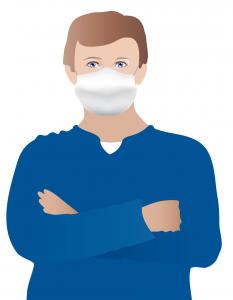 You’re always on top of scheduling your annual exams, your mammogram, and your dental and vision appointments…but how about the men in your life? Do they take care of their medical tests, or do you handle it?
You’re always on top of scheduling your annual exams, your mammogram, and your dental and vision appointments…but how about the men in your life? Do they take care of their medical tests, or do you handle it?
Do you know which tests they should have each year? Here is a quick primer to health exams men need and when to schedule them.
Prostate-specific antigen test (PSA)
Prostate cancer is the second most common cancer among men in the U.S., according to the Centers for Disease Control and Prevention (CDC). A simple blood test measures the level of prostate-specific antigen, which is a protein produced by the prostate, a gland just below the bladder.
High levels of PSA may be associated with prostate cancer, but an increased PSA could also signal a benign condition of the prostate. The doctor will do a digital prostate exam on men over 40 during the annual physical. An enlarged prostate can be uncomfortable and interfere with urination.
Abdominal aortic aneurysm (AAA)
Caused by a ruptured blood vessel in the stomach, an abdominal aortic aneurysm (AAA) typically has no symptoms, and up to 50 percent of people with AAA die before reaching the hospital. The test for AAA is a simple ultrasound and is recommended for men ages 65 to 75 who have smoked at least 100 cigarettes during their lifetimes.
Skin cancer
According to the National Cancer Institute, over 40,000 men are diagnosed with melanoma, the most deadly (yet curable) form of skin cancer, each year. The best way to prevent it is to do a skin self-check each month and look for new moles, moles that have changed shape or color, or sores that are taking too long to heal. When your man goes in for his annual physical, have him ask his doctor to do a skin check.
Colonoscopy
Start screening your men (and yourself) at age 50. The American Cancer Society says colorectal cancer is the second most prevalent cause of cancer deaths for Americans. If it runs in your family, start screening earlier per your doctor.
While it may seem a bit embarrassing or painful, a colonoscopy is quick and painless. The preparation is a bit awkward, but it’s well worth it. Colonoscopy detects colon cancer early and at its most treatable, and the doctor will remove any suspicious growths as he or she finds them.
Cholesterol
This test for men (and women) should happen every five years after the age of 35. If you’re diabetic, a smoker, or obese, start screening no later than age 20. The test is a simple blood draw and measures total cholesterol, HDL and LDL cholesterol (good and bad cholesterol, respectively), and triglycerides. High triglycerides correlate to metabolic syndrome, which is related to heart problems and type 2 diabetes.
If you have any questions about tests for the men in your life, don’t hesitate to ask us!


